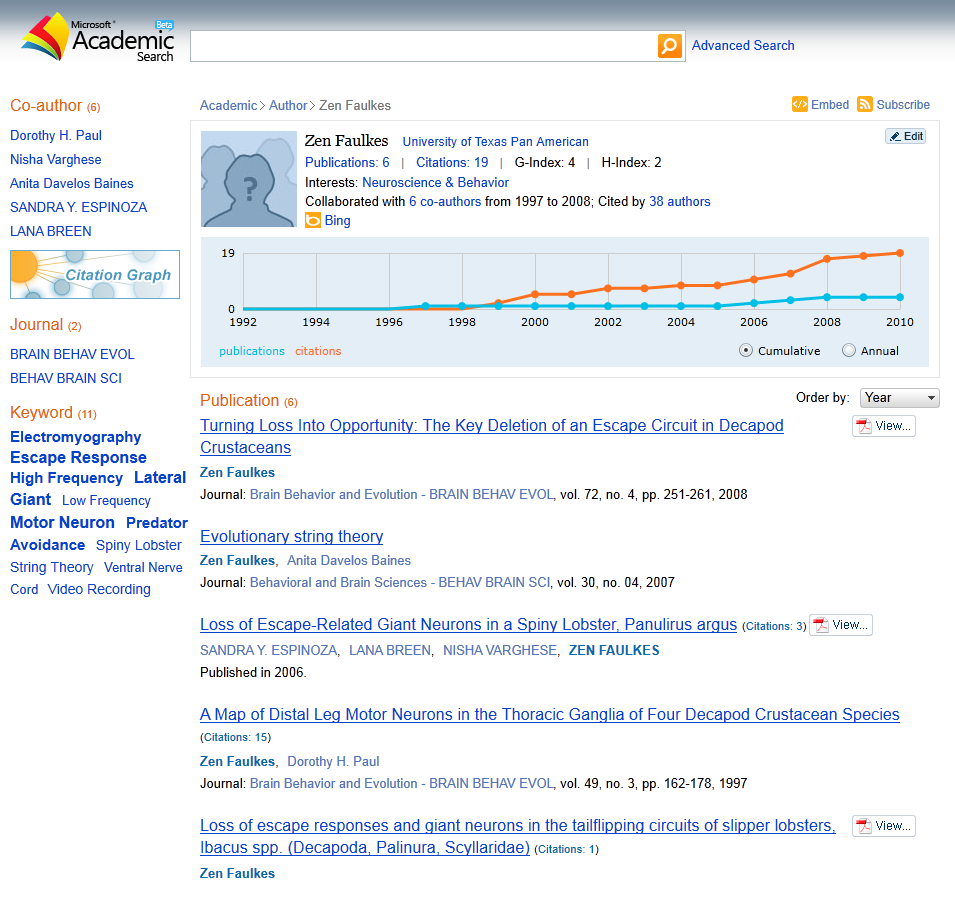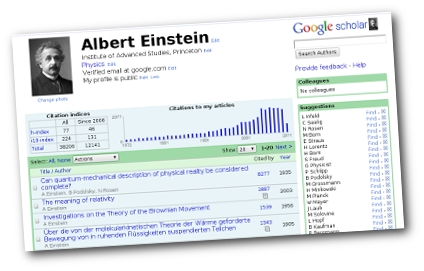Apr 29, 2012
The SoLoMo manifesto
The SoLoMo Manifesto is a free-downloadable white paper that explores the mega-markets of social, local, and mobile as a cohesive ecosystem of marketing technologies.

The manifesto has been produced by MomentFeed, a location-based marketing platform for the enterprise. It's an interesting reading. You can download this free whitepaper here.
13:18 Posted in Locative media, Pervasive computing | Permalink | Comments (0)
Apr 20, 2012
Enhancement of motor imagery-related cortical activation during first-person observation measured by functional near-infrared spectroscopy
Enhancement of motor imagery-related cortical activation during first-person observation measured by functional near-infrared spectroscopy.
Eur J Neurosci. 2012 Apr 18;
Authors: Kobashi N, Holper L, Scholkmann F, Kiper D, Eng K
Abstract. It is known that activity in secondary motor areas during observation of human limbs performing actions is affected by the observer's viewpoint, with first-person views generally leading to stronger activation. However, previous neuroimaging studies have displayed limbs in front of the observer, providing an offset view of the limbs without a truly first-person viewpoint. It is unknown to what extent these pseudo-first-person viewpoints have affected the results published to date. In this experiment, we used a horizontal two-dimensional mirrored display that places virtual limbs at the correct egocentric position relative to the observer. We compared subjects using the mirrored and conventional displays while recording over the premotor cortex with functional near-infrared spectroscopy. Subjects watched a first-person view of virtual arms grasping incoming balls on-screen; they were instructed to either imagine the virtual arm as their own [motor imagery during observation (MIO)] or to execute the movements [motor execution (ME)]. With repeated-measures anova, the hemoglobin difference as a direct index of cortical oxygenation revealed significant main effects of the factors hemisphere (P = 0.005) and condition (P ≤ 0.001) with significant post hoc differences between MIO-mirror and MIO-conventional (P = 0.024). These results suggest that the horizontal mirrored display provides a more accurate first-person view, enhancing subjects' ability to perform motor imagery during observation. Our results may have implications for future experimental designs involving motor imagery, and may also have applications in video gaming and virtual reality therapy, such as for patients following stroke.
19:50 Posted in Mental practice & mental simulation, Virtual worlds | Permalink | Comments (0)
Neurofeedback using real-time near-infrared spectroscopy enhances motor imagery related cortical activation
Neurofeedback using real-time near-infrared spectroscopy enhances motor imagery related cortical activation.
PLoS One. 2012;7(3):e32234
Authors: Mihara M, Miyai I, Hattori N, Hatakenaka M, Yagura H, Kawano T, Okibayashi M, Danjo N, Ishikawa A, Inoue Y, Kubota K
Abstract. Accumulating evidence indicates that motor imagery and motor execution share common neural networks. Accordingly, mental practices in the form of motor imagery have been implemented in rehabilitation regimes of stroke patients with favorable results. Because direct monitoring of motor imagery is difficult, feedback of cortical activities related to motor imagery (neurofeedback) could help to enhance efficacy of mental practice with motor imagery. To determine the feasibility and efficacy of a real-time neurofeedback system mediated by near-infrared spectroscopy (NIRS), two separate experiments were performed. Experiment 1 was used in five subjects to evaluate whether real-time cortical oxygenated hemoglobin signal feedback during a motor execution task correlated with reference hemoglobin signals computed off-line. Results demonstrated that the NIRS-mediated neurofeedback system reliably detected oxygenated hemoglobin signal changes in real-time. In Experiment 2, 21 subjects performed motor imagery of finger movements with feedback from relevant cortical signals and irrelevant sham signals. Real neurofeedback induced significantly greater activation of the contralateral premotor cortex and greater self-assessment scores for kinesthetic motor imagery compared with sham feedback. These findings suggested the feasibility and potential effectiveness of a NIRS-mediated real-time neurofeedback system on performance of kinesthetic motor imagery. However, these results warrant further clinical trials to determine whether this system could enhance the effects of mental practice in stroke patients.
19:39 Posted in Biofeedback & neurofeedback, Mental practice & mental simulation | Permalink | Comments (0)
Mental workload during brain-computer interface training
Mental workload during brain-computer interface training.
Ergonomics. 2012 Apr 16;
Authors: Felton EA, Williams JC, Vanderheiden GC, Radwin RG
Abstract. It is not well understood how people perceive the difficulty of performing brain-computer interface (BCI) tasks, which specific aspects of mental workload contribute the most, and whether there is a difference in perceived workload between participants who are able-bodied and disabled. This study evaluated mental workload using the NASA Task Load Index (TLX), a multi-dimensional rating procedure with six subscales: Mental Demands, Physical Demands, Temporal Demands, Performance, Effort, and Frustration. Able-bodied and motor disabled participants completed the survey after performing EEG-based BCI Fitts' law target acquisition and phrase spelling tasks. The NASA-TLX scores were similar for able-bodied and disabled participants. For example, overall workload scores (range 0-100) for 1D horizontal tasks were 48.5 (SD = 17.7) and 46.6 (SD 10.3), respectively. The TLX can be used to inform the design of BCIs that will have greater usability by evaluating subjective workload between BCI tasks, participant groups, and control modalities. Practitioner Summary: Mental workload of brain-computer interfaces (BCI) can be evaluated with the NASA Task Load Index (TLX). The TLX is an effective tool for comparing subjective workload between BCI tasks, participant groups (able-bodied and disabled), and control modalities. The data can inform the design of BCIs that will have greater usability.
19:37 Posted in Brain-computer interface, Research tools | Permalink | Comments (0)
Just 10 days left to apply for a place at 1st Summer School on Human-Computer Confluence

Just 10 days left to apply for a place at 1st Summer School on Human-Computer Confluence!
HCC, Human-Computer Confluence, is an ambitious research program studying how the emerging symbiotic relation between humans and computing devices can enable radically new forms of sensing, perception, interaction, and understanding.
The Summer School will take place in Milan, Italy, on 18-20 July 2012, hosted and organized by the the Doctoral School in Psychology of the Faculty of Psychology at the Università Cattolica del Sacro Cuore di Milano.
The specific objectives of the Summer School are, firstly, to provide selected and highly-motivated participants hands-on experience with question-driven Human-Computer Confluence projects, applications and experimental paradigms, and secondly, to bring together project leaders, researchers and students in order to work on inter-disciplinary challenges in the field of HCC. Participants will be assigned to different teams, where they will be encouraged to work creatively and collaboratively on a specific topic.
The Summer School has up to 40 places for students interested in the emerging symbiotic relationship between humans and computing devices. There is no registration fee for the Summer School and financial aid will be available for a significant number of students towards travel and accommodation.
We look forward to your application!
19:34 | Permalink | Comments (0)
Apr 04, 2012
Microsoft Academic Search: nice Science 2.0 service, wrong H-index calculation!
Yesterday I came across Microsoft Academic Search, supposingly the main contender of Google Scholar Citations.

Although the service provides a plenty of interesting and useful features (including customizable author profile pages, a visual explorer, open API and many others), I don't like AT ALL the fact that it publishes an author's profile, including publication's profile and list, without asking the permission to do that (as Google Scholar does).

But what is even worse, is that the data published are, in most cases, incomplete or incorrect (or at least, they seemed incorrect for most of the authors that I included in my search). And this is not limited to the list of the list of publications (which could be understandable) but it also affects the calculation of the H-index (which measures both the productivity and impact of a scholar, based on the set of the author's most cited papers and the number of citations that they have received in other publications).
Since in the last few years the H-index has become critical to measure researcher's importance, displaying an inaccurate value of this index on a author's profile is NOT appropriate. While Microsoft may object that its service is open for users to edit the content (actually, the Help Center informs that "If you find any wrong or out-of-date information about author profile, publication profile or author publication list, you can make corrections or updates directly online") my point is that you CANNOT FORCE someone to correct otherwise potentially wrong data concerning scientific productivity.
One could even suspect that Microsoft purposefully underestimates the H-index to encourage users to join the service in order to edit their data. I do not think that this is the case, but at the same time, I cannot exclude this possibility.
Anyway, these are my two cents and I welcome your comments.
p.s. Interested in other Science 2.0 topics? Join us on Linkedin
11:30 Posted in Research tools, Social Media | Permalink | Comments (0)






